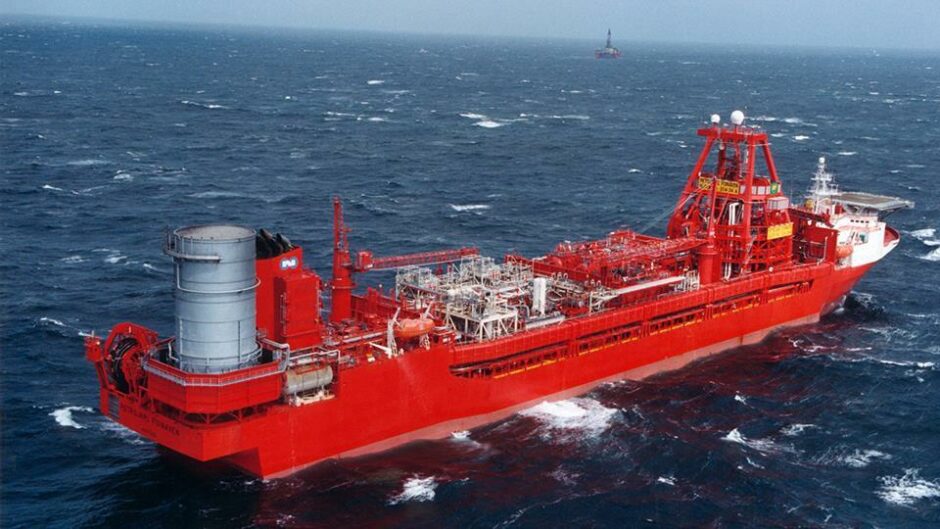
BP has handed in the decommissioning plan for the Foinaven FPSO in the West of Shetland following a flurry of HSE issues.
In the document, BP updated guidance on the timeline for the FPSO removal, which is expected in the third quarter of this year.
The oil major took a decision to remove the floating production storage and offloading vessel (FPSO) last year, which started production in 1997 and has reached the end of its 25-year design life.
Altera, which is currently chartered by BP, will resume control of the vessel following removal from the Foinaven field.
Thereafter it will be transferred onshore for re-use, recycling or disposal “at a nominated UK or EU port”.
With removal of the FPSO expected this year, BP is currently investigating further options for the Foinaven field which “may result in complete redevelopment, partial redevelopment or full decommissioning”.
Should it be decided that a redevelopment of the Foinaven field is not viable, BP said it will launch decommissioning programmes for the remaining field infrastructure.
The FPSO and moorings are expected to be removed in the third quarter, while risers and umbilicals will be temporarily laid down on the seabed.
Timing of their recovery will be influenced by the decision to redevelop or decommission Foinaven, which will be between Q3 2023 and Q3 2028.
The Foinaven field, which lies 118 miles west of Shetland, was discovered in 1992 as the first development in the region, followed shortly after by BP’s Schiehallion project.
In April last year, BP said it was preparing removal of the “iconic” FPSO, which has suffered persistent safety problems.
Altera Infrastructure said last year that the decision would “likely” lead to redundancies.
In February 2021, the UK Health and Safety Executive said it had identified cracks in the ship’s hull.
Inspectors questioned the “residual strength of the hull” and cast doubts on the vessel’s suitability for operating in the harsh seas west of Shetland.
BP ultimately concluded that Petrojarl Foinaven is “not the right vehicle” to recover the remaining resources from the area, even with further investment.
Recommended for you

